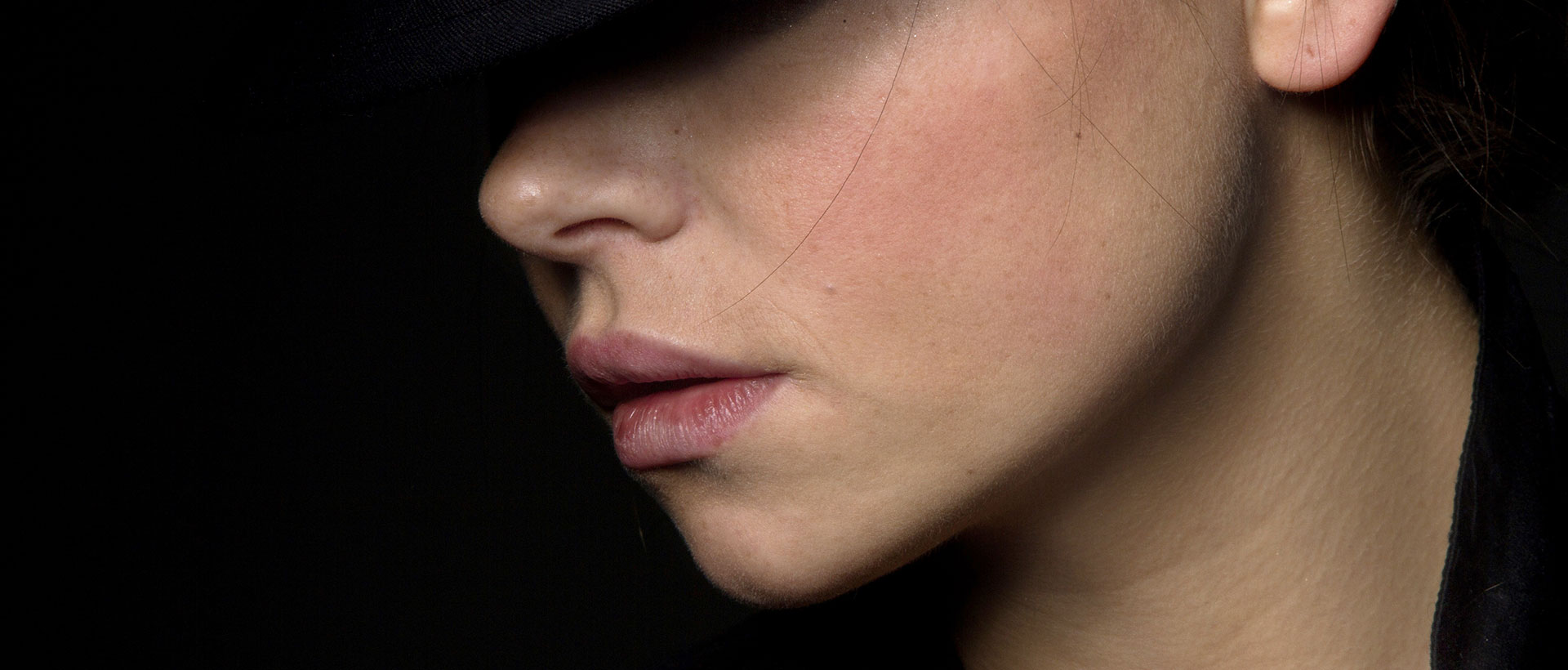How does our face change with time?
Over the years, the face changes in all levels and depths. Skin loses elasticity and can have looser texture from sun damage. Volume is lost and normal fat pads descend downward, creating new or exaggerated folds such as jowls and hanging skin under the neck. Boney support also changes with time. Checkbones can get flatter and the orbit or bones around the eyes get wider.
What is a facelift?
The term facelift generally refers to surgery that restores an aging face. This is done by varying degrees of skin tightening and excision. Incisions are hidden around the ear and hairline and give access to lift and restore skin and soft tissue that has descended over time because of age related changes.
Why are there so many names for a facelift?
There are MANY words used to describe the types of facelifts available to people. Some refer to what is actually being done, some are just a name created by a surgeon. Irregardless of the terminology used, it is the surgeon who should be explaining to you how he or she performs the surgery.
I recommend asking for before and after photos, and discuss what you are looking for. Often terms like “short scar” or “mini-lift” do not mean what patients think, and may not give optimal results.
Dr. Bassiri and Deep-Plane Facelift
The term deep-plane facelift refers to the depth of the lift. All facelifts to a certain extent manipulate the SMAS layer of the face. This layer allows us to pull and restore soft tissue and skin back to a natural rejuvenated place. A deep plane facelift releases SMAS tether points allowing for better movement and re-draping of the skin. This reduces undue tension at the incision and minimizes the appearance of scars.


